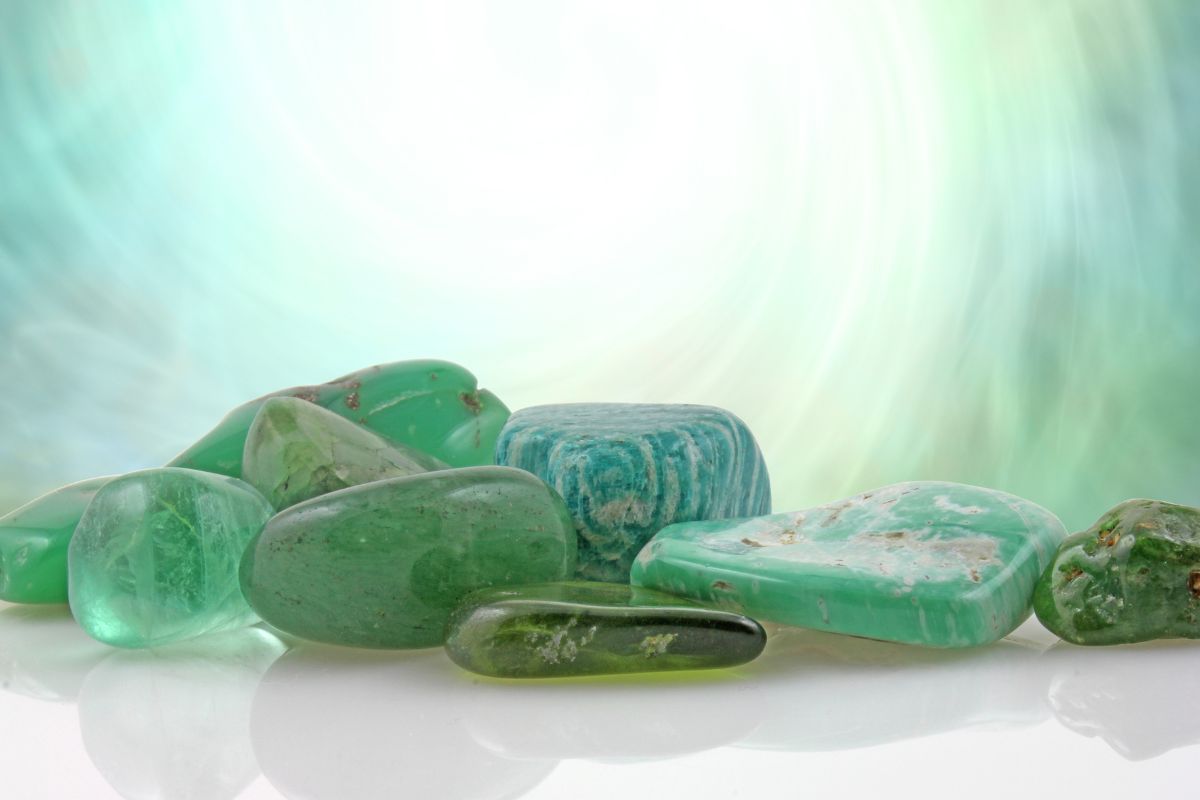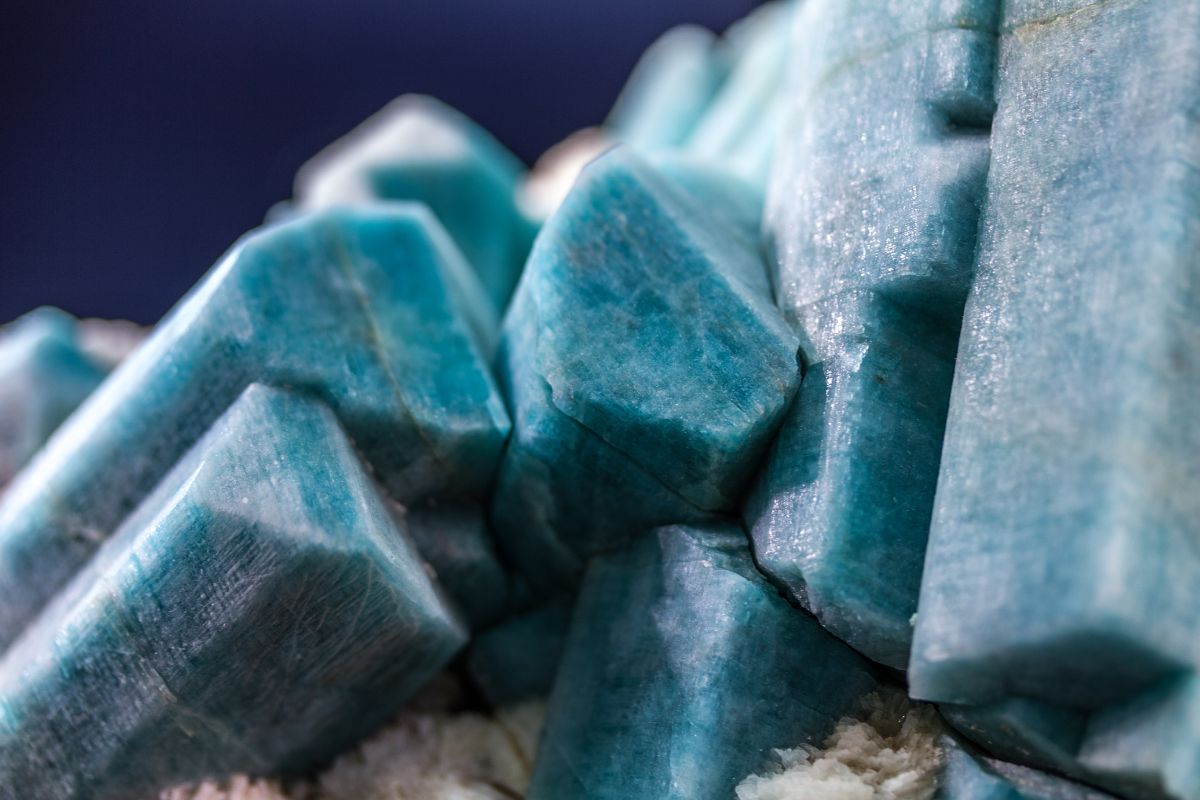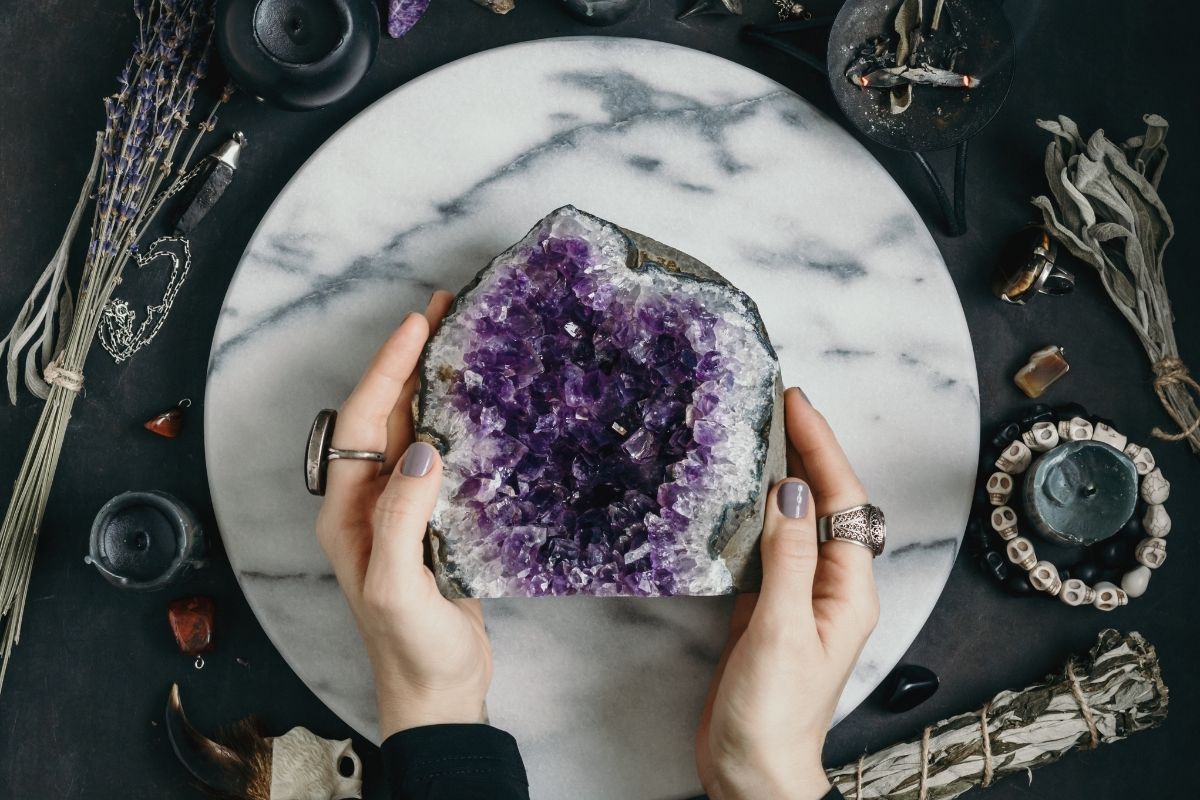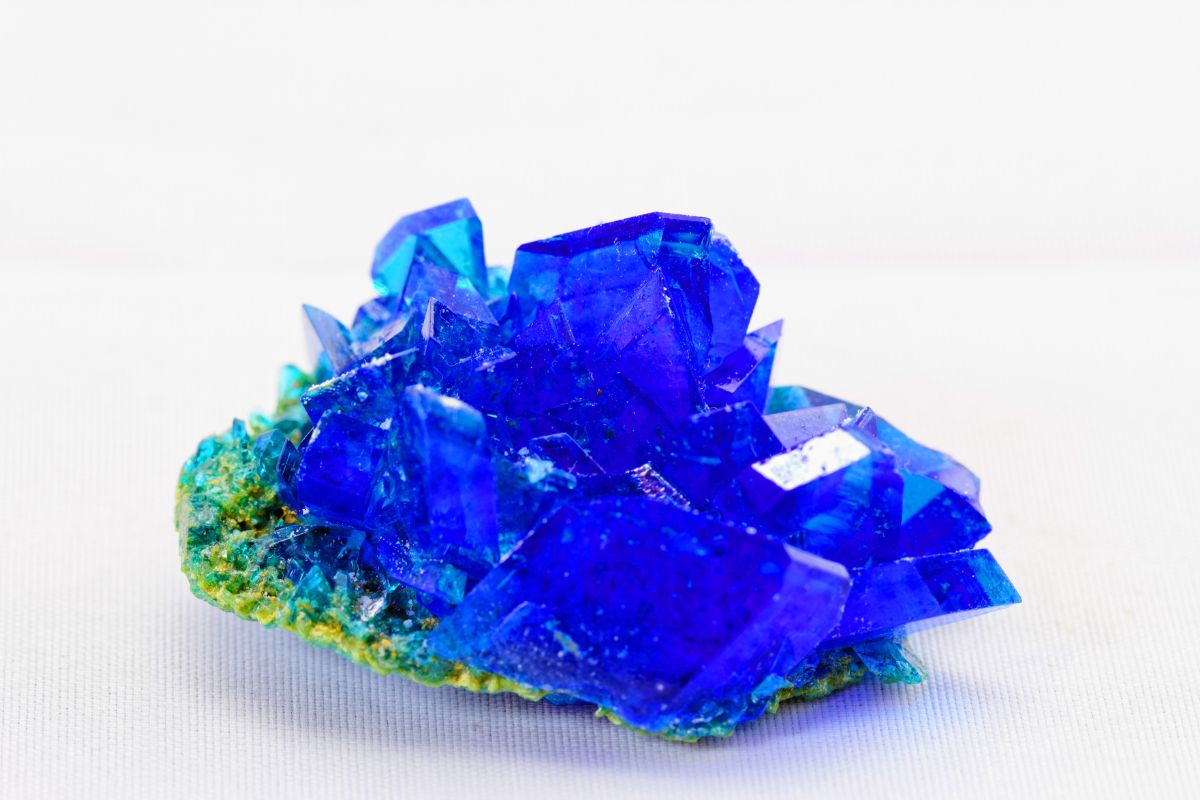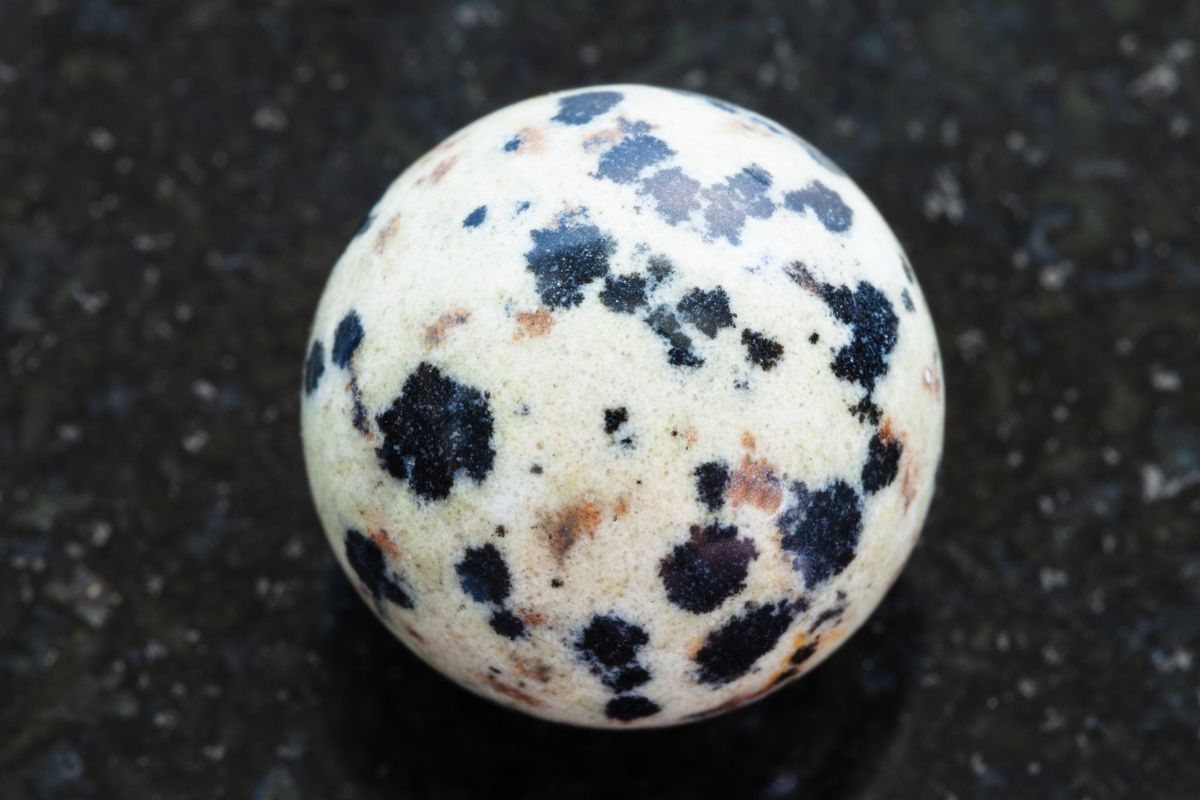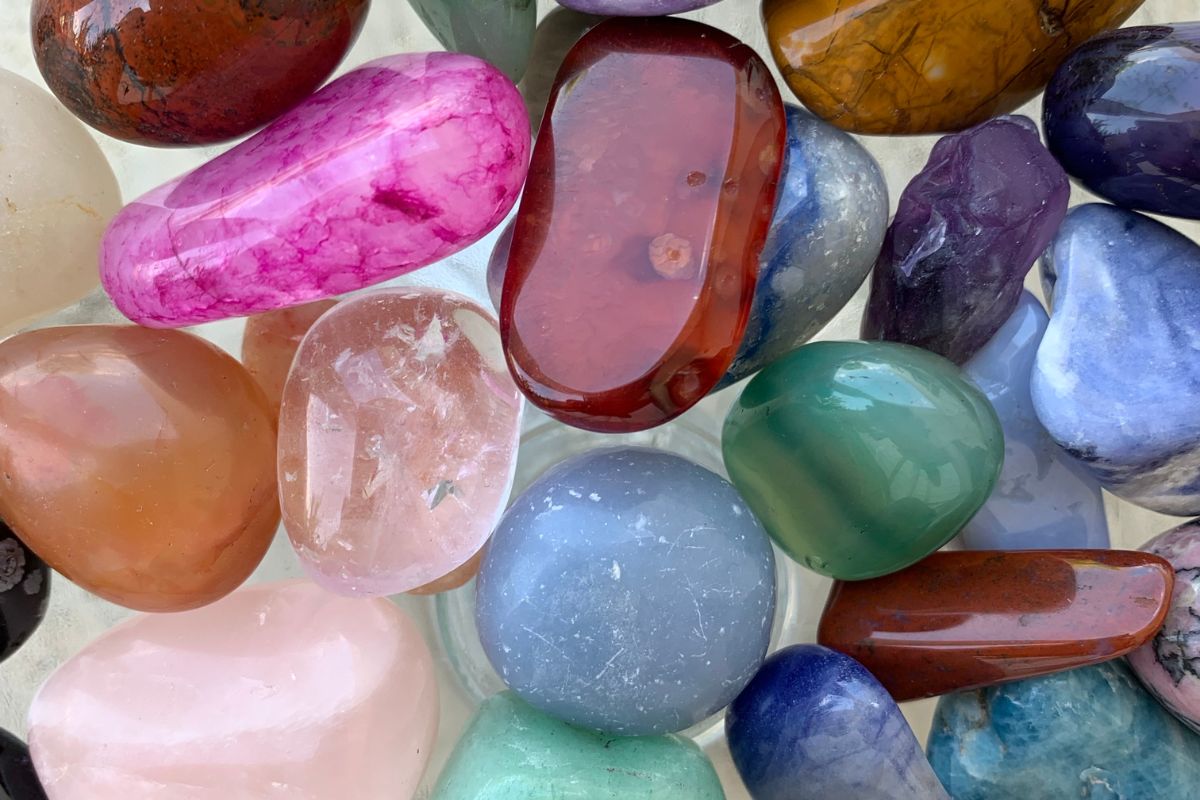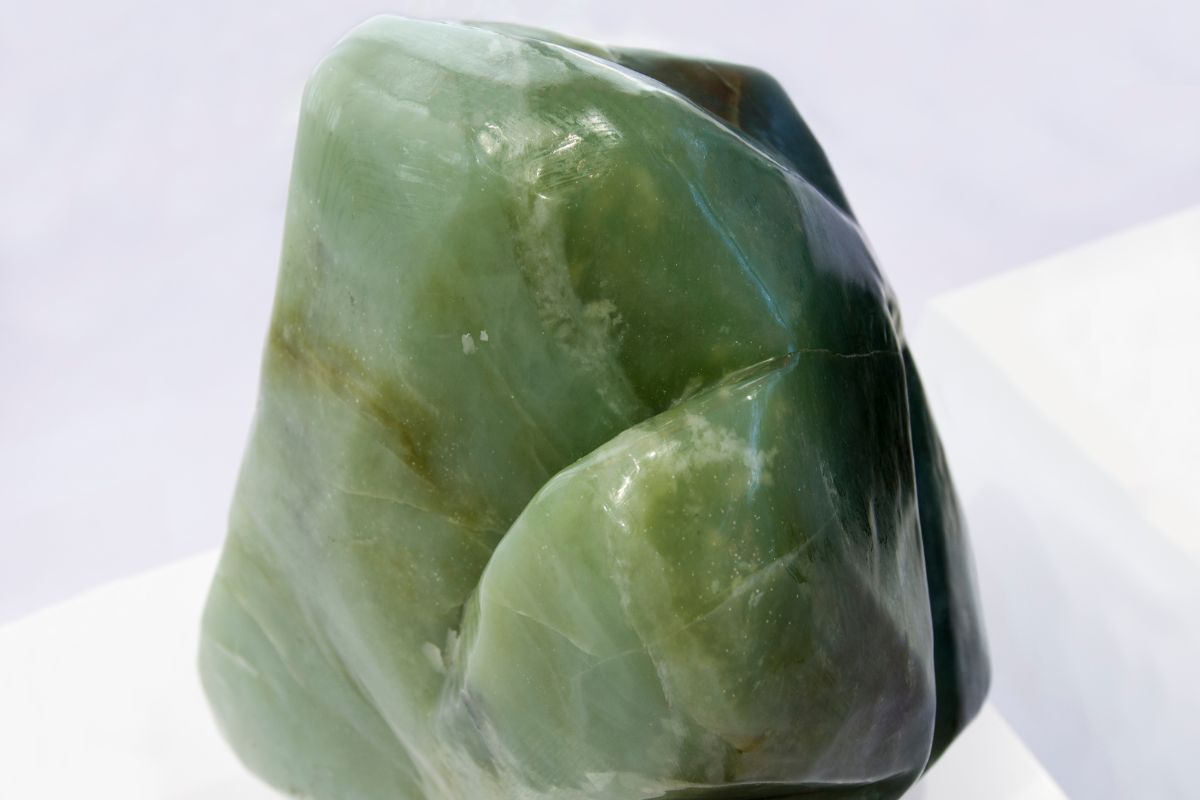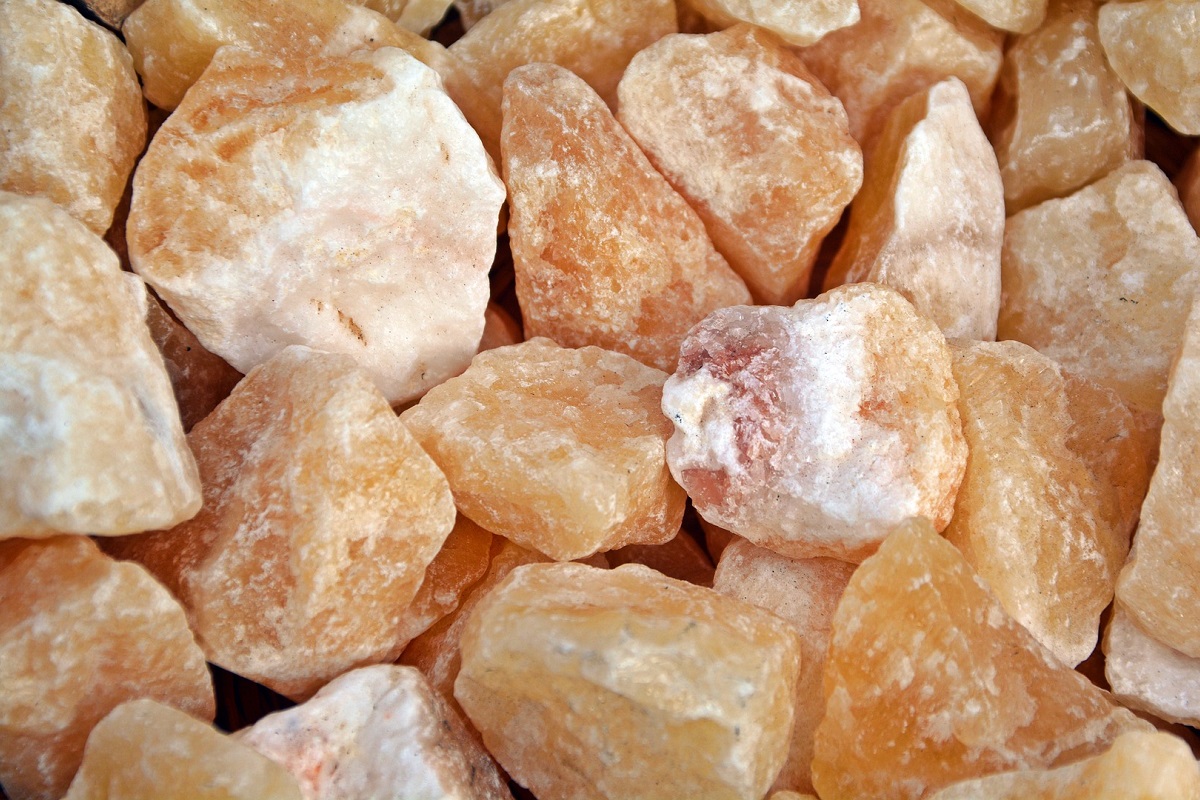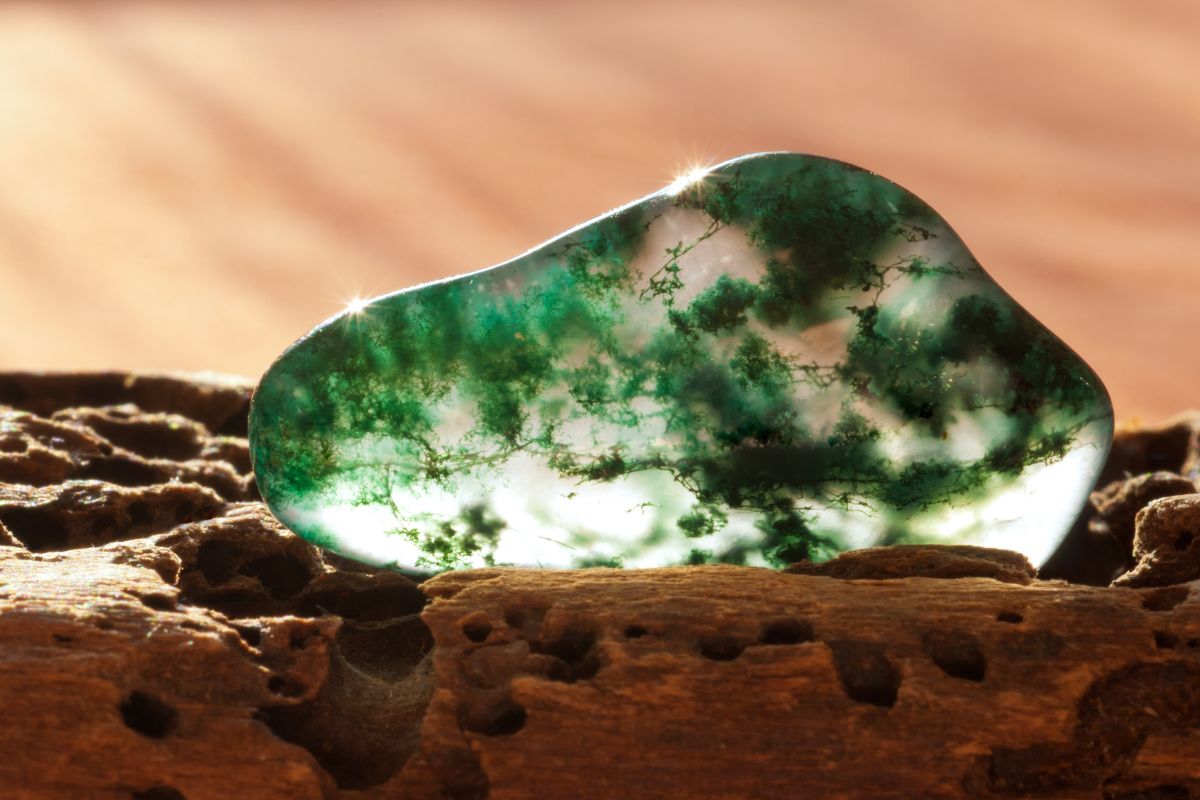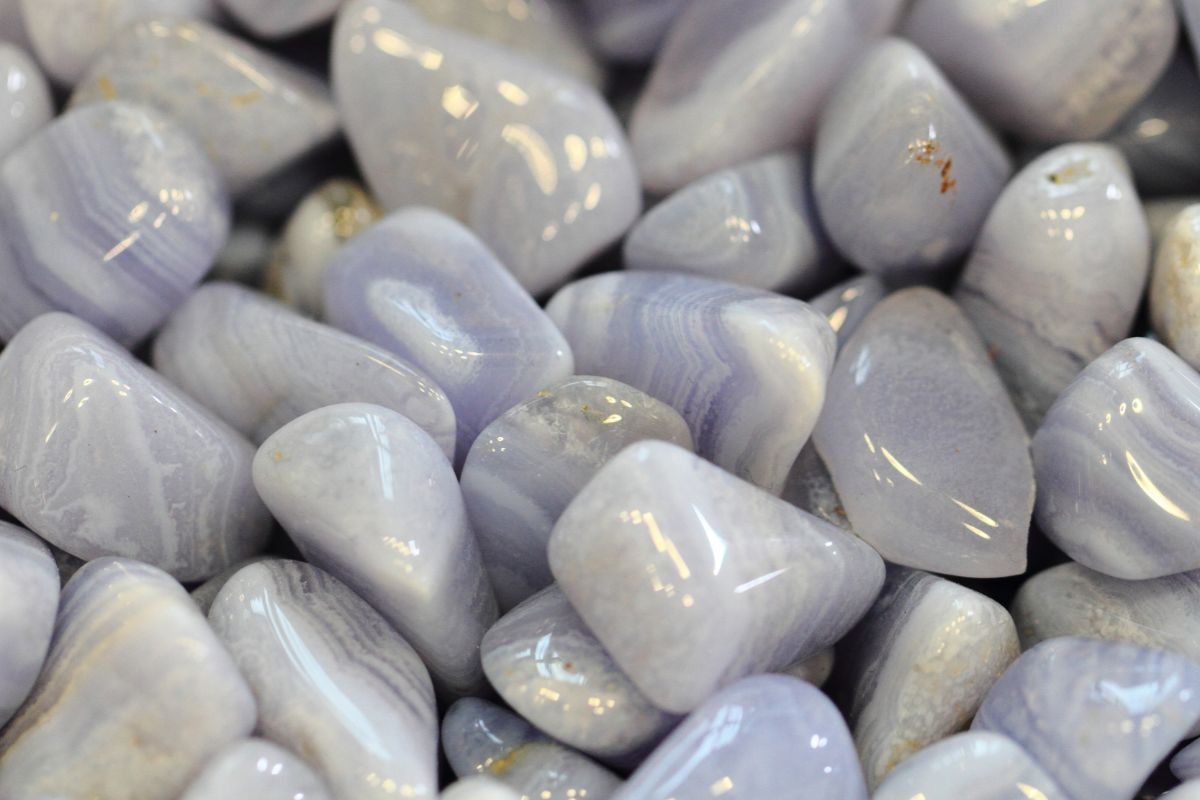The world of crystals is an interesting one and is filled with incredible-looking treasures that can have some pretty invaluable uses, however, every so often two crystals can become confused with each other, and one of the most common examples of this is Lapis Lazuli and Lazurite.
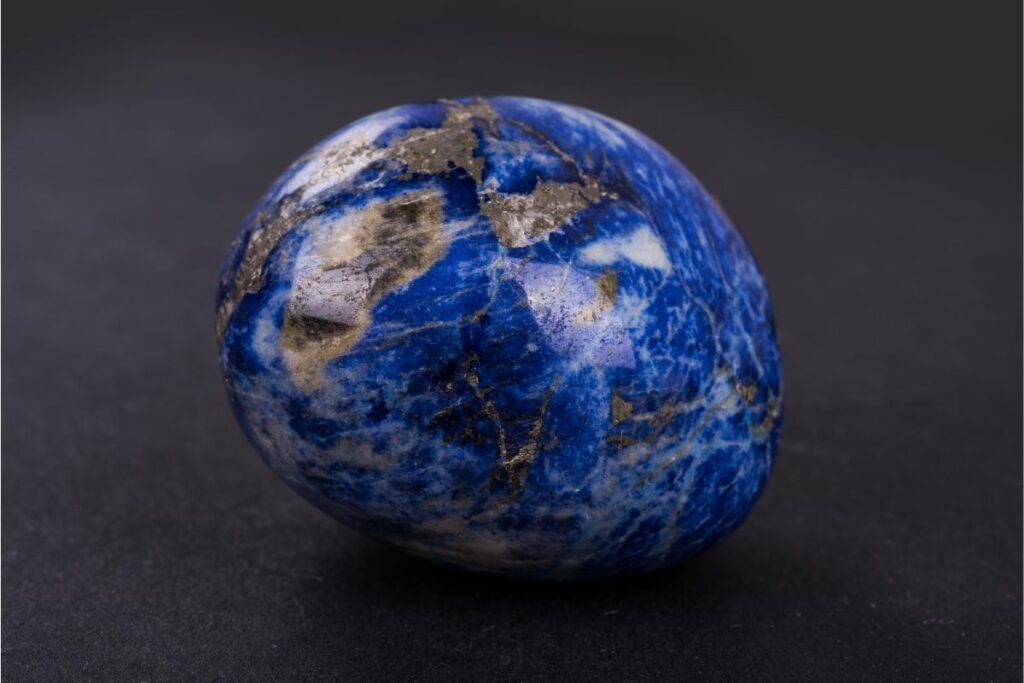
The two stones have similar names, but that’s where the comparison ends. So if you’re interested in learning more about these stones, including their unique properties, their uses, and the differences between them, then this guide is for you.
We’ll provide you with all of the information you need to know about these two stones so that you can distinguish between them with ease!
So, let’s get started!
What Is Lapis Lazuli?
Known for its especially beautiful deep blue color, Lapis Lazuli is an extremely popular gemstone and has been around since ancient times.
In this time, it has become one of the most desired gemstones on the planet, and for good reason.
Lapis Lazuli is composed of many different minerals, including sodalite, calcite, and pyrite, which are what can cause the golden or white flecks often seen throughout the surface of this gemstone.
The main mineral in Lapis Lazuli? Lazurite!
This gemstone is either semi-translucent or opaque, and is also somewhat tough, with a rating of between 5 and 6 on the Mohs scale of hardness, although this can vary depending on the mix of minerals it is composed of.
Where Is Lapis Lazuli Found?
Lapis Lazuli can be found in different locations worldwide, but like it was back in ancient times, the best, and traditional source of the finest quality of Lapis Lazuli is found in the mountains of Afghanistan.
This isn’t the only major source of Lapis Lazuli though, as it can also be found in Lake Baikal in Siberia, Chile, and even Russia.
There are also a few more minor sources of Lapis Lazuli too, including Canada, Colorado (US), Angola, and Pakistan.
What Are The Uses Of Lapis Lazuli?
Throughout history, Lapis Lazuli has been a gemstone used for numerous purposes. In ancient times, Lapis Lazuli was seen as a highly valued decorative material, and was used to create carvings, sculptures, and jewelry.
Another one of the common uses of Lapis Lazuli was in cosmetics and paintings too, where it was crushed into a fine powder first, before being used to create intricate looks and paintings.
It was also believed to be able to heal ailments in the lungs, throat, and other parts of the respiratory system too.
Today, Lapis Lazuli’s main use is in creating jewelry, especially necklaces and beaded jewelry.
What Is Lazurite?
The major mineral found in Lapis Lazuli, this mineral is a member of the sodalite grouping of minerals, and has a chemical composition of (Na,Ca)8(AlSiO4)6(S, SO4, Cl)2. This stone also has an intense deep blue color, which is where Lapis Lazuli gets its coloring from.
The name of this mineral comes from the Persian word “Luzhuward”, which means “Stone” in English.
Usually in granular masses, this mineral has a hardness of 5 to 5.5 on the Mohs scale and tends to crystalize in the isometric system.
It is from this mineral that Lapis Lazuli gets its appeal.
Where Is Lazurite Found?
Much like Lapis Lazuli, Lazurite’s original location is widely believed to be in the mountains of Afghanistan, but it has been known to be used by the Egyptians and other ancient cultures for different purposes.
Other places where it can be found include Russia, Chile, and of course, the United States.
What Are The Uses Of Lazurite?
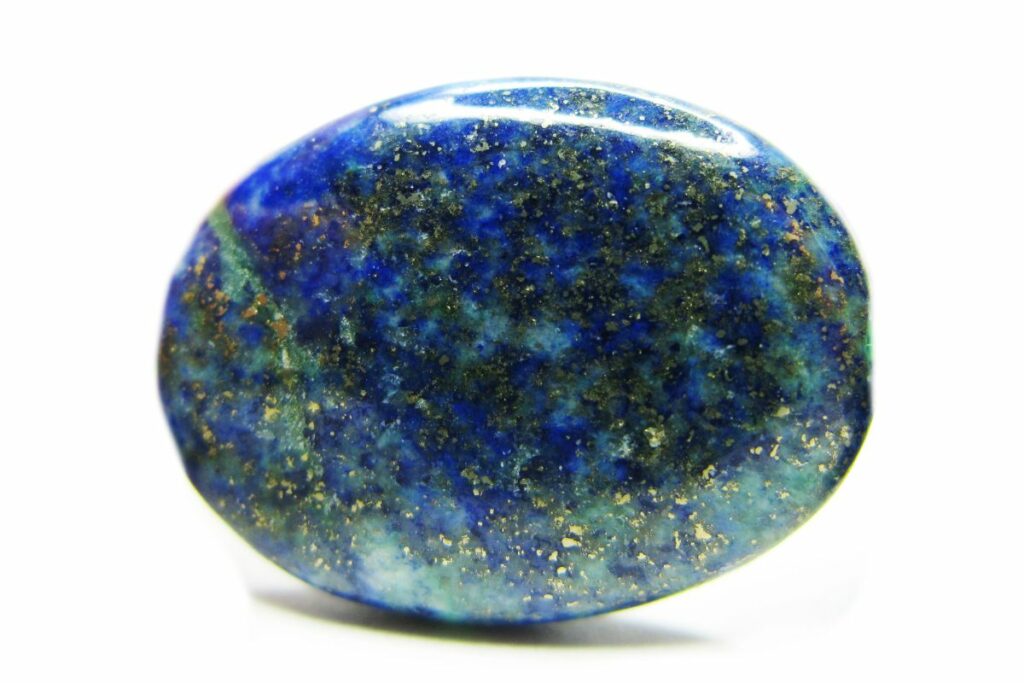
People have been using Lazurite as far back as the 6th or 7th century when it was primarily used as a paint or pigment dye for clothing, while it’s also seen some usage in ceramics too.
Many ancient cultures also believed that Lazurite was beneficial for those suffering from infections and respiratory tract issues, much like Lapis Lazuli.
Meanwhile, many people believe that Lazurite contains some metaphysical properties, allowing users to strengthen their connection with the divine, and to grow their inner wisdom.
Are Lapis Lazuli And Lazurite The Same?
Many people think Lapis Lazuli and Lazurite are the same things, and use the names interchangeably when the reality is that this is not the case, and are two different things.
Lapis Lazuli is a gemstone composed of many different minerals, with the primary mineral it is composed of, Lazurite, which helps to provide that extraordinary deep blue color. So, while Lapis Lazuli is a rock, Lazurite is a mineral.
Another one of the key differences between the two is the color. Lazurite’s blue is often consistent and unchanging, while because of the presence of other minerals in its composition, Lapis Lazuli is known to have white or gold flecks throughout, which are the result of varying quantities of Pyrite and Calcite.
The uses of the two also vary too. While Lapis Lazuli is used for jewelry, ceramics, alternative medicine, and metaphysical uses.
Lazurite’s most common use is as a pigment dye, although it does still have metaphysical properties and uses in alternative medicine.
It’s easy to understand why so many people believe that these two are the same, or that their names can be used interchangeably, as they’re incredibly similar, but hopefully, now you understand a little more about these two different stones and minerals, and how you can differentiate between them!
Final Thoughts
We hope that this guide to Lapis Lazuli and Lazurite has been helpful. Getting these two mixed up is easy if you’re unaware of what the differences between them are, but that shouldn’t happen anymore with the help of this guide.
So just remember that Lapis Lazuli is a stone, and Lazurite is a mineral, and you’ll have no problems!
- 15 Crystals That Cannot Be Exposed To The Sun - January 7, 2024
- Malachite Vs Fuchsite – Benefits And Uses - January 7, 2024
- Malachite Vs. Green Jasper: Benefits And Uses - January 7, 2024

